How do pillow protectors help extend pillow life?
Keeps Pillows Away from Dust and Dirt

To better understand how pillow protectors extend the life of a pillow, consider how the normal pillow is subject to a lot of wear and tear because it is exposed to the elements and dirt and dust that is suspended in the air. Every day, dust swims about in the air, and as time goes by, it settles onto objects and begins to stick to surfaces. Every pillow unprotected is subjected to a lot of dust accumulation. Dust, if not removed, becomes filthy and reduces the freshness of the pillow. A pillow is shielded from the dust accumulation by a pillow protector.
Pillows develop a grime from contact of hair, skin and clothes. For instance, say you place your head on a pillow after coming from a warm da, tickets on the pillow, it is quite possible that some miniscule dirt particles which are on the hair as well as the face get stuck to the pillow surface, resides on the surface and gets stuck on the pillow. If a protector is not placed on the pillow, it is possible that those little particles actively stuck in the pillow. Pillow protectors works in a more efficient method by capturing the particles on the upper layer which also simplistically removable. The less dust and dirt particles that settle in the pillow, the less premature wearing of the pillow takes place.
Moisture and sweat is uncomfortable, and the causes of damage to a pillow is greatly moisture. While we sleep, the body goes through a lot of sweating especially if it is warm and is has a tendency to sweat at.
Head sweat goes through a pillowcase and gets absorbed by the pillow, leading the pillow to become damp and putting the pillow at risk to mold, and mildew. Mold and mildew wreak havoc on pillow fillings. Pillows become lumpy and less supportive and begin to stink and stain the pillow.
Most pillow protectors, and especially waterproof pillow protectors stop sweat and moisture from getting to the pillow. Pillows stay fluffier longer and moisture wicking pillow protectors reduce the risk of mold. Moisture blocking protectors also keep hidden pillows in good condition. These hidden pillows will then keep the moisture at the middle of the pillow protected.
Stained pillows, especially those exposed to body fluids like sweat become a trap for mold to flourish. Coffee, tea, and makeup can instantly twain a pillow and become very tricky to remove from the filling. Stains do not only make a pillow look ugly, but degrade the pillow at a much faster pace.
Pillow protectors help to de-uglify your pillows by blocking annoying and ugly stains.
If a spill happens, the protector bears the damage and keeps the pillow clean. Most pillow protectors are machine washable, and you can remove and wash them for stain removal. This means the pillow never comes into contact with the staining substance, effectively preserving its original condition. Stain prevention only means that the pillow in question remains in better shape and prevents being discarded early because of ugly marks.
Reduce Wear from Friction and Washing
Resting your head on a pillow means skin, hair and pillow surfaces rub together intensely. Friction spares no fabric, and with time that pillow’s outer covering and fillings will be especially affected. Protectors that are made to the and serve the purpose of self sustaining will add another layer of friction fabric between the user and the pillow instead of reducing the friction actively.
Frequent washing of pillows can also shorten their lifespan. Most pillows are not designed for machine washing and can sustain damage from filling, losing shape, or becoming clumped together. Regular washing on the other hand, can serve protectors and in your case, you will not need to wash the pillow as frequently.
This improves the comfort of the pillow, and its material and support structure will last much longer.

Defense Against Allergy and Pest
Dust mites and other allergens are often found in the pillows. While sleeping, we shed skin cells, and dust mites use this food source. Their waste and shed skin can cause allergy symptoms, and multiply in number over time. Pillow fillings are the perfect environment for these mites, and the pillow becomes an allergenic disaster. Pillow protectors with tight weaves form protective barriers. Dust mites cannot escape, die, and new mites cannot access the pillow, which contributes to hypoallergenic, healthier pillows.
Other small pests like bed bugs can also infest a pillow. Since the protector wraps all surfaces, it is easy to spot and eliminate pests before infestation. Thus, pillow protectors preserve the lifespan of a pillow. The pillow will be usable for a longer period without the need for replacement due to an allergenic buildup and pest infestation.

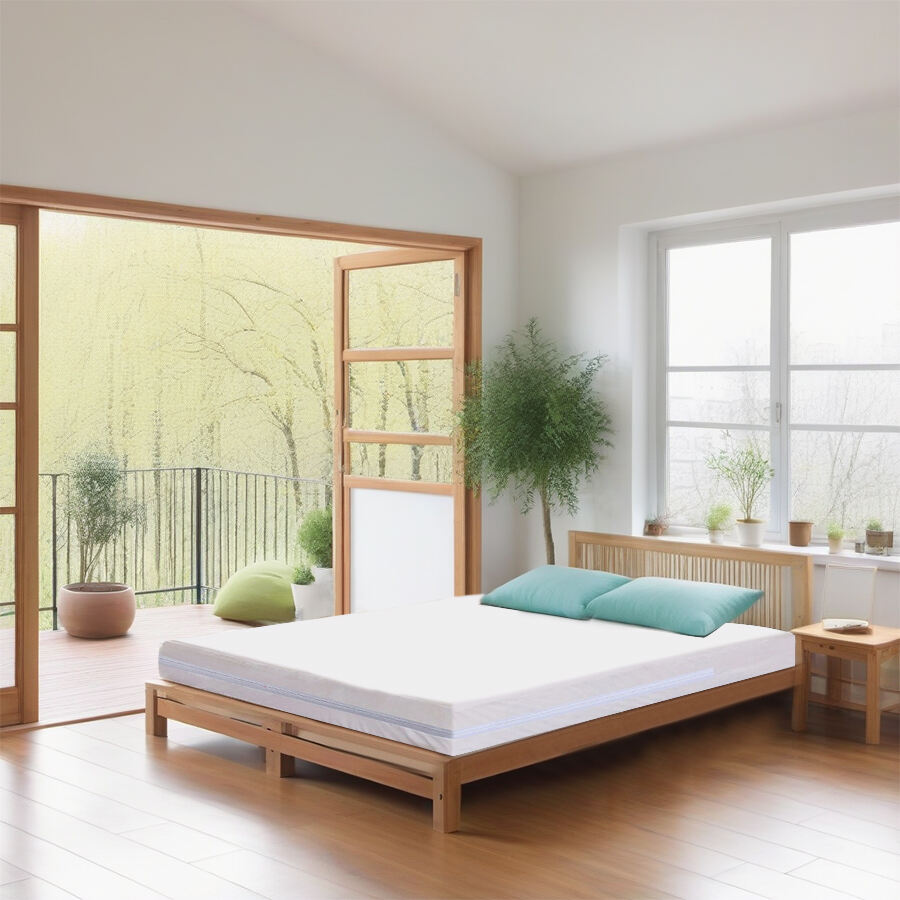
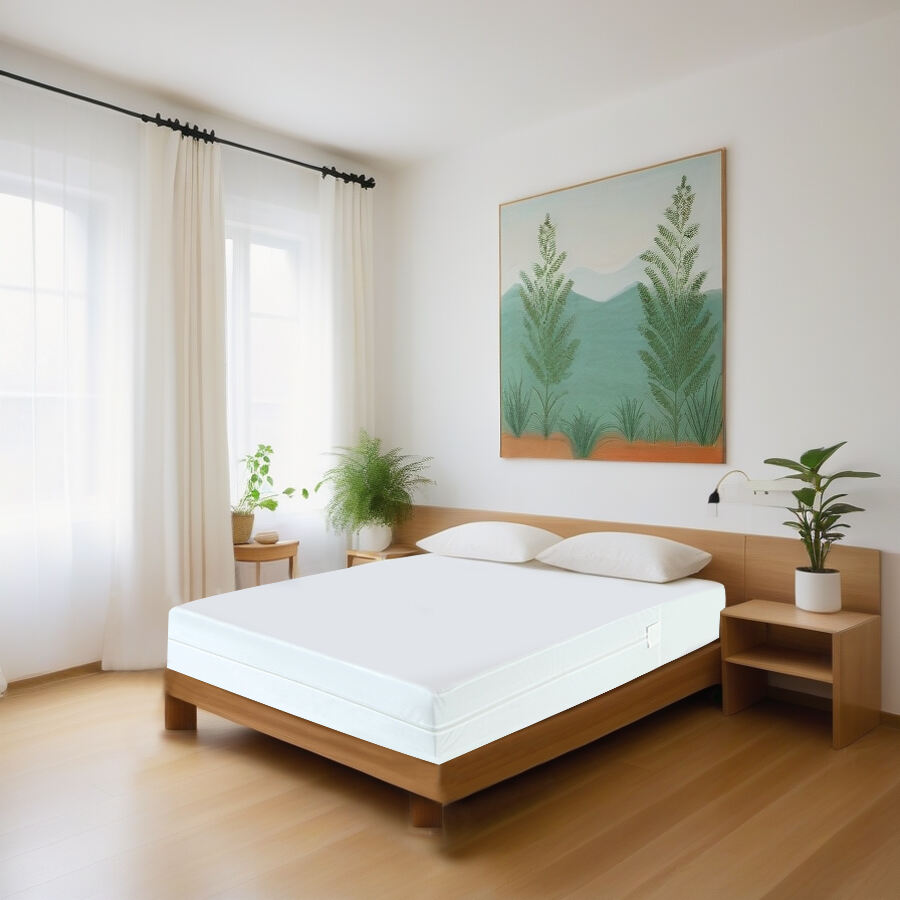



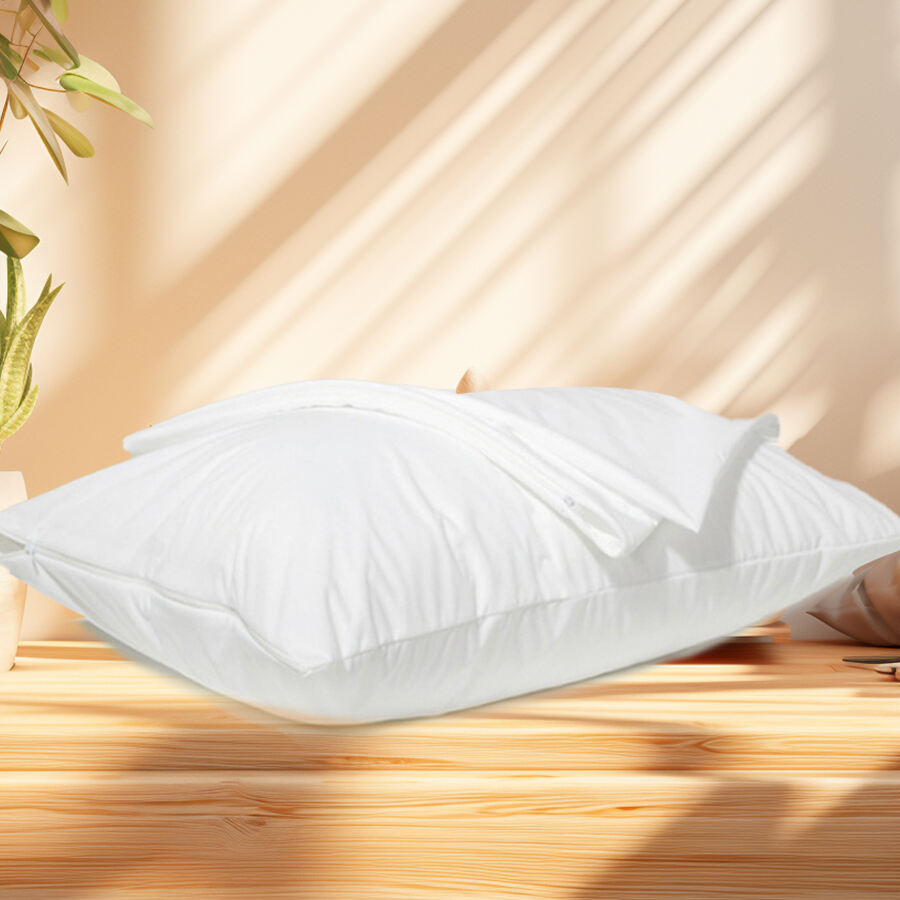













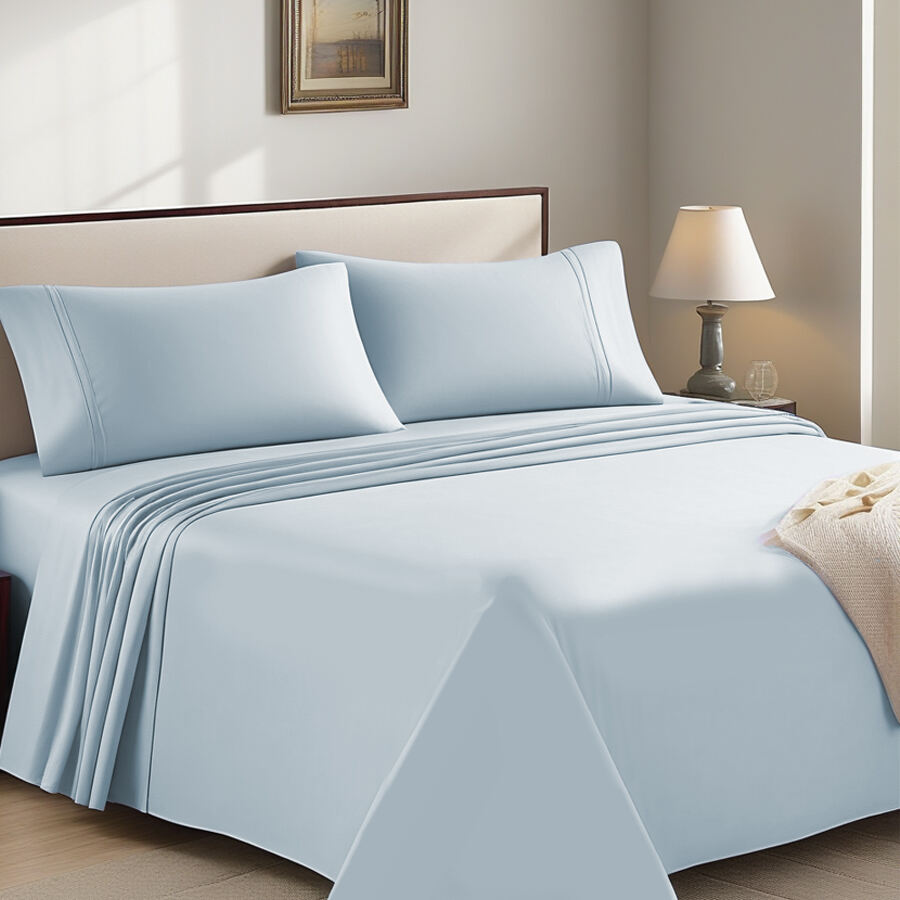


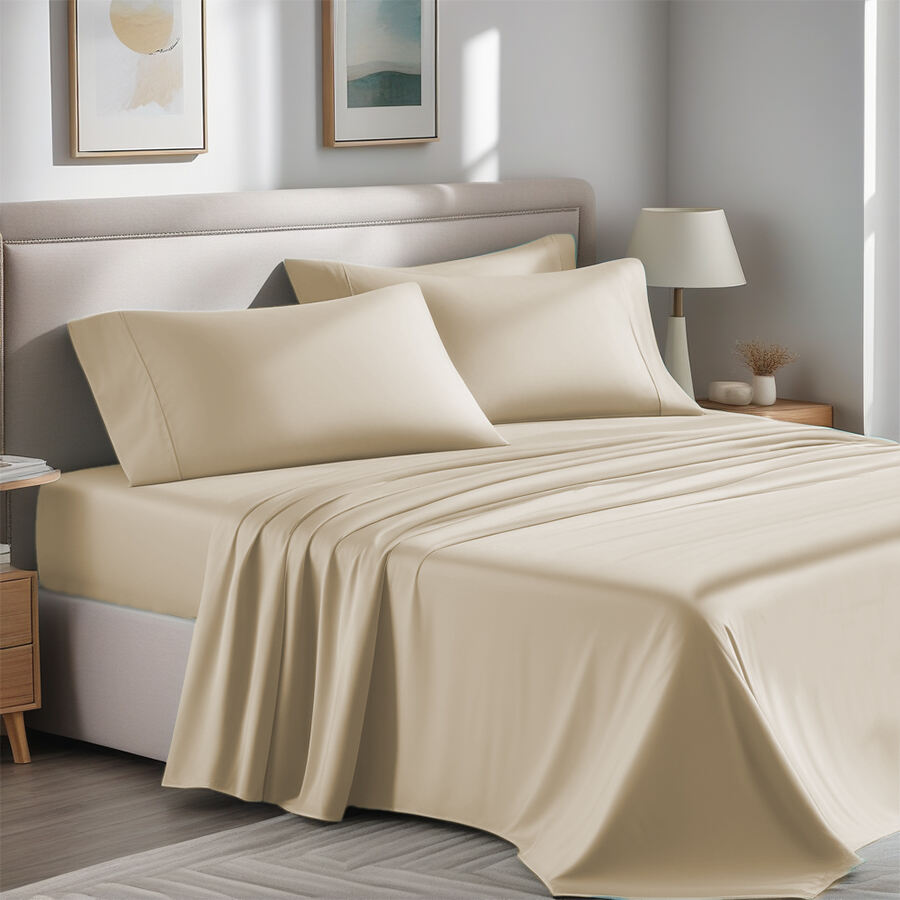





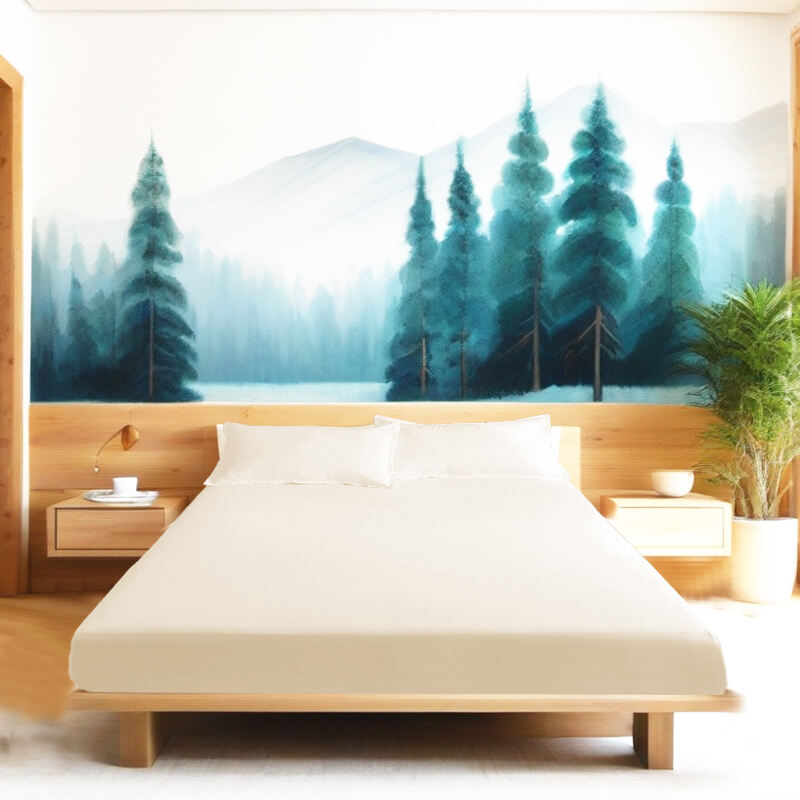
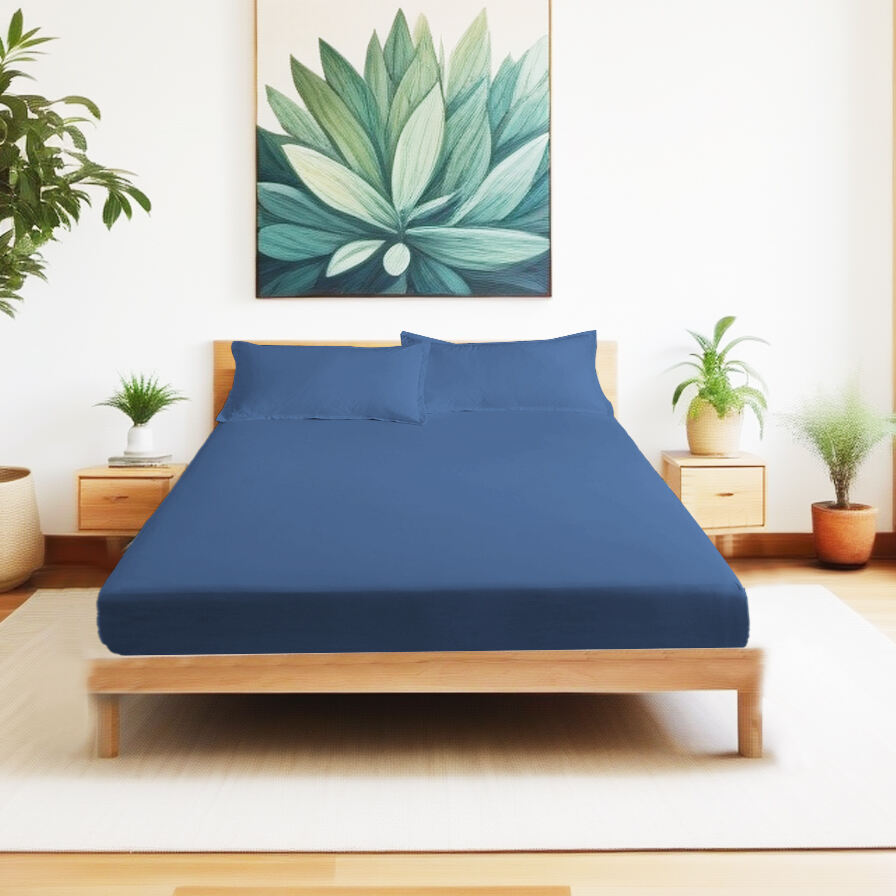

 EN
EN
 AR
AR HR
HR DA
DA NL
NL FR
FR DE
DE EL
EL IT
IT JA
JA KO
KO NO
NO PL
PL PT
PT RU
RU ES
ES SV
SV IW
IW VI
VI HU
HU TR
TR AF
AF MS
MS GA
GA